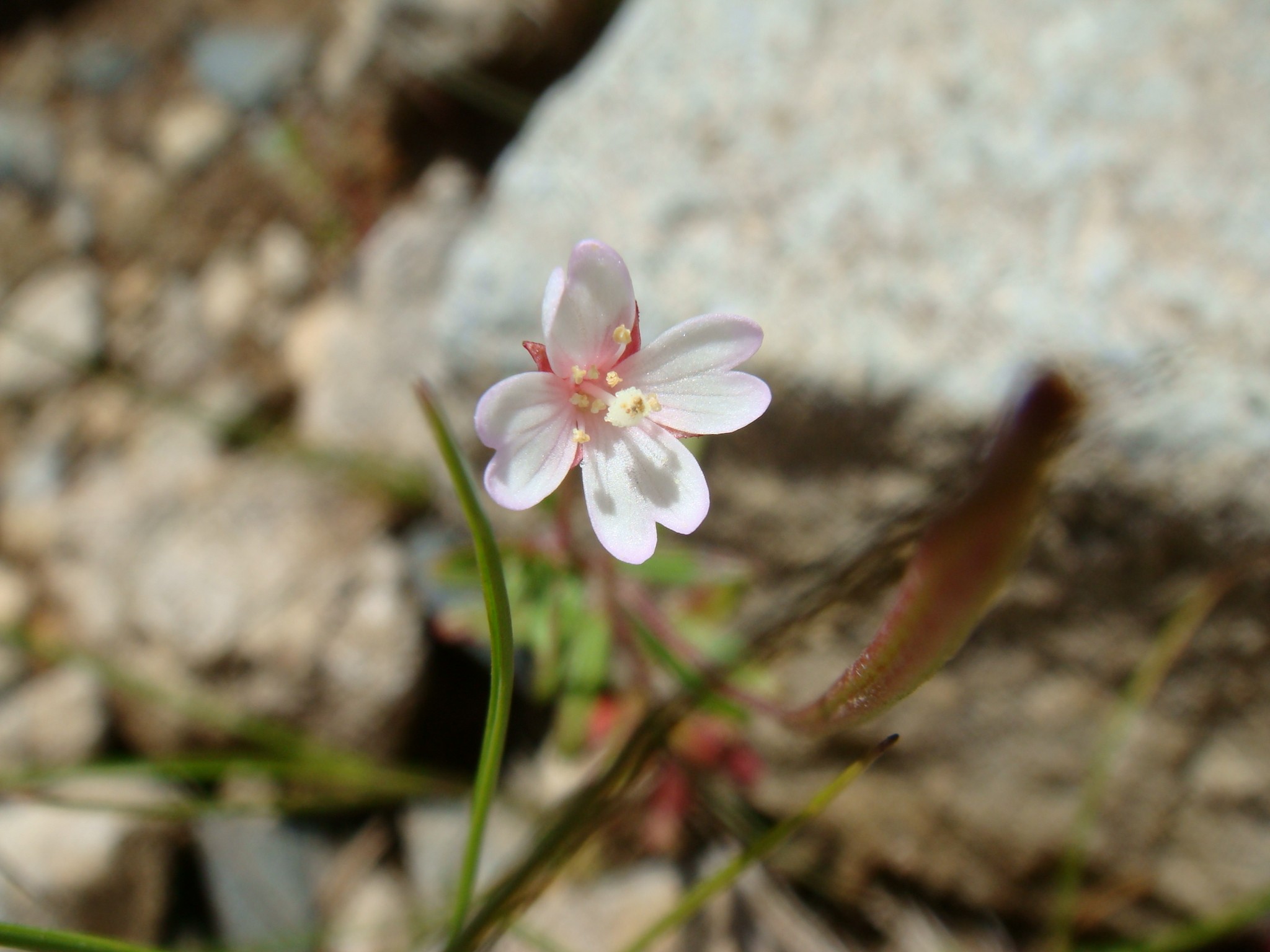Faurie's Fireweed
(Epilobium fauriei)

Description
Epilobium fauriei is a species of flowering plant belonging to the family Onagraceae. It is commonly known as Faurie's Willowherb or Faurie's Fireweed, and is native to Japan and Korea. The plant is an herbaceous perennial that can grow up to 1.5 meters tall and has pinkish-purple flowers that bloom in mid-summer. Taxonomy and Etymology The species was first described by the Japanese botanist Takenoshin Nakai in 1919, who named it in honor of the French botanist Charles Eugène Faurie. The genus name, Epilobium, comes from the Greek words "epi," meaning upon, and "lobos," meaning pod or fruit, referring to the way the petals are positioned on top of the fruit. Description Epilobium fauriei is a perennial herb that grows up to 1.5 meters tall. The stems are erect, sometimes branching, and are covered with fine hairs. The leaves are lance-shaped, 4-10 cm long, and 1-2 cm wide. They are arranged alternately on the stem and have toothed margins. The lower leaves are larger than the upper leaves. The flowers of E. fauriei are pinkish-purple and appear in mid-summer, from June to August. They are arranged in clusters at the end of the stems and have four petals and four sepals. The petals are rounded and measure 5-10 mm in length. The stamens and pistil protrude from the center of the flower. The fruit of the plant is a capsule that splits open when ripe, releasing numerous seeds with silky hairs. Distribution and Habitat Epilobium fauriei is native to Japan and Korea, where it can be found in forests, meadows, and along riverbanks. It prefers moist soils and can grow in partial shade to full sun. Cultivation and Uses Epilobium fauriei is not commonly cultivated, but it can be grown from seed. It prefers moist soils and can be grown in partial shade to full sun. The plant is not commonly used for ornamental purposes but can be a good addition to a wildflower garden or a naturalized area. In traditional Japanese medicine, E. fauriei has been used for various ailments, including diarrhea, dysentery, and inflammation. The plant is known to contain compounds with anti-inflammatory properties, such as gallic acid and ellagic acid. Conservation Status Epilobium fauriei is not listed as a threatened species by the International Union for Conservation of Nature (IUCN). However, like many wild plants, its natural habitats are threatened by habitat loss and degradation, and its populations may be impacted by invasive species and over-harvesting. Conclusion Epilobium fauriei is a beautiful and interesting plant that is native to Japan and Korea. It can grow up to 1.5 meters tall and has pinkish-purple flowers that bloom in mid-summer. Although it is not commonly cultivated, it can be grown from seed and is known to have medicinal properties. As with many wild plants, its natural habitats are threatened, and efforts should be made to protect them to ensure that future generations can enjoy the beauty and benefits of this plant.
Taxonomic tree:







